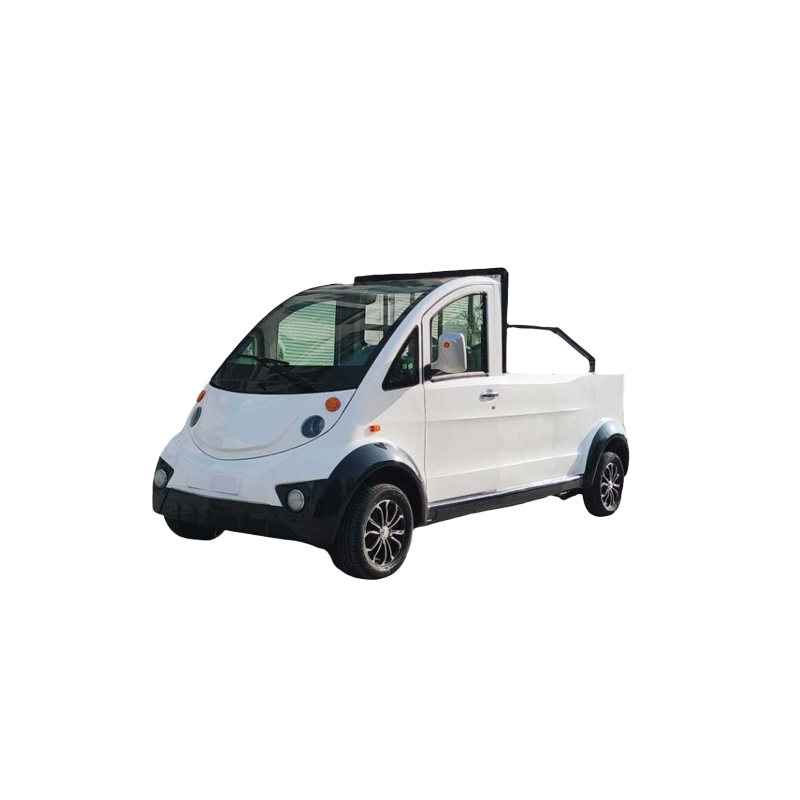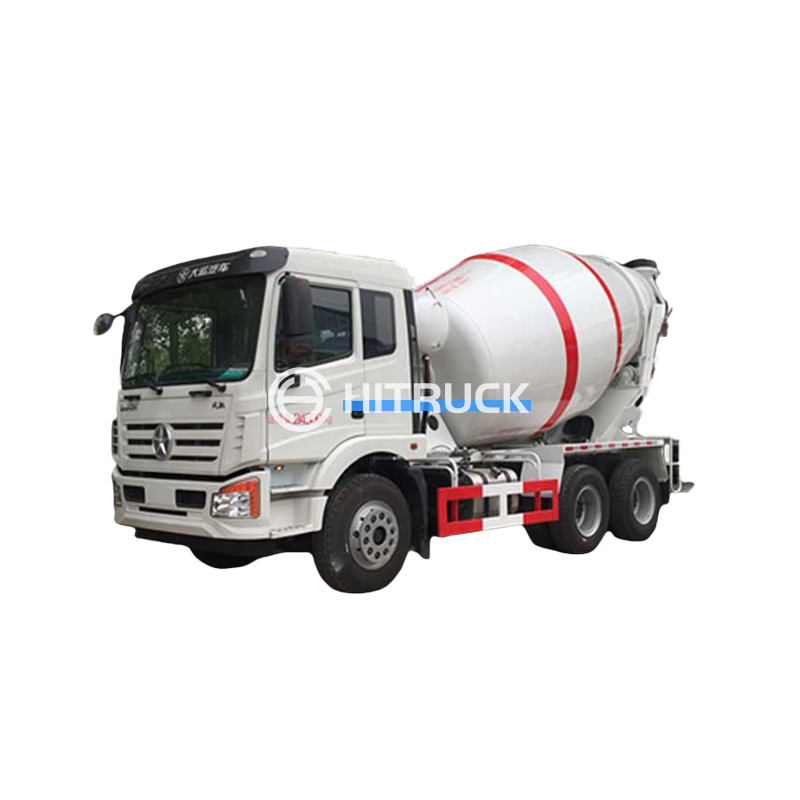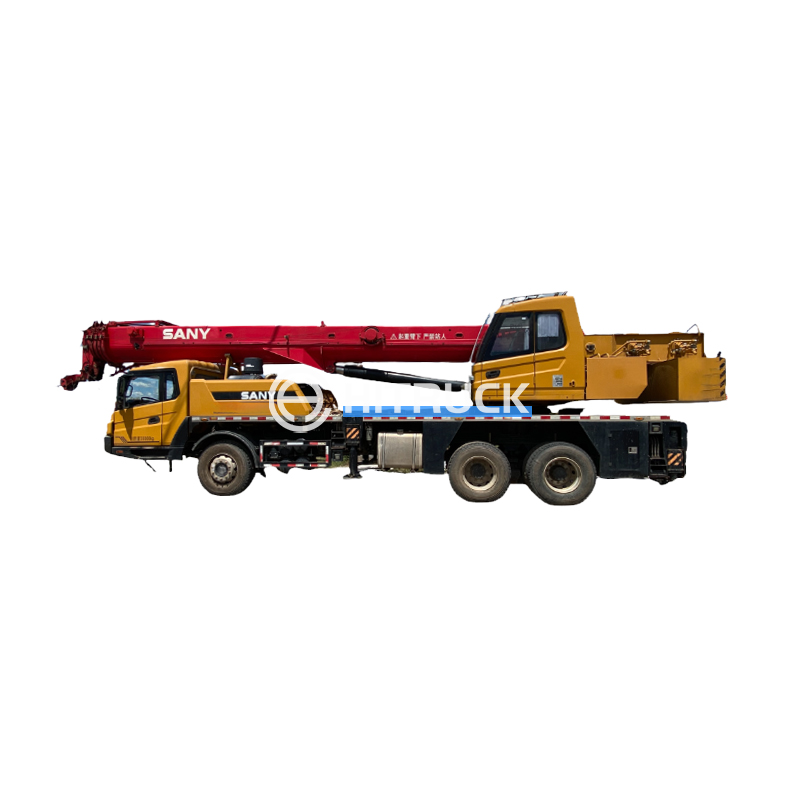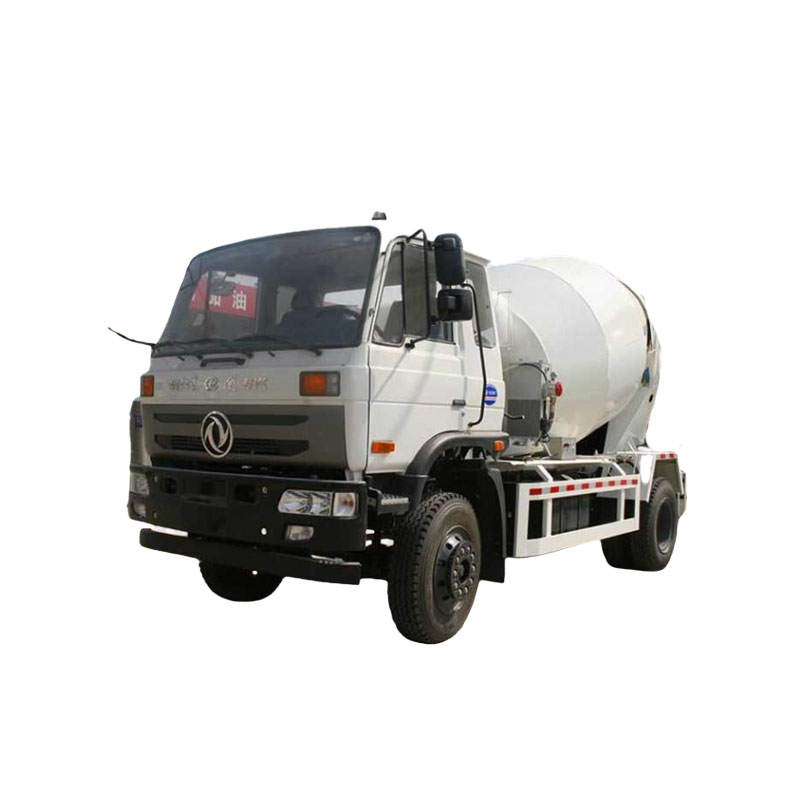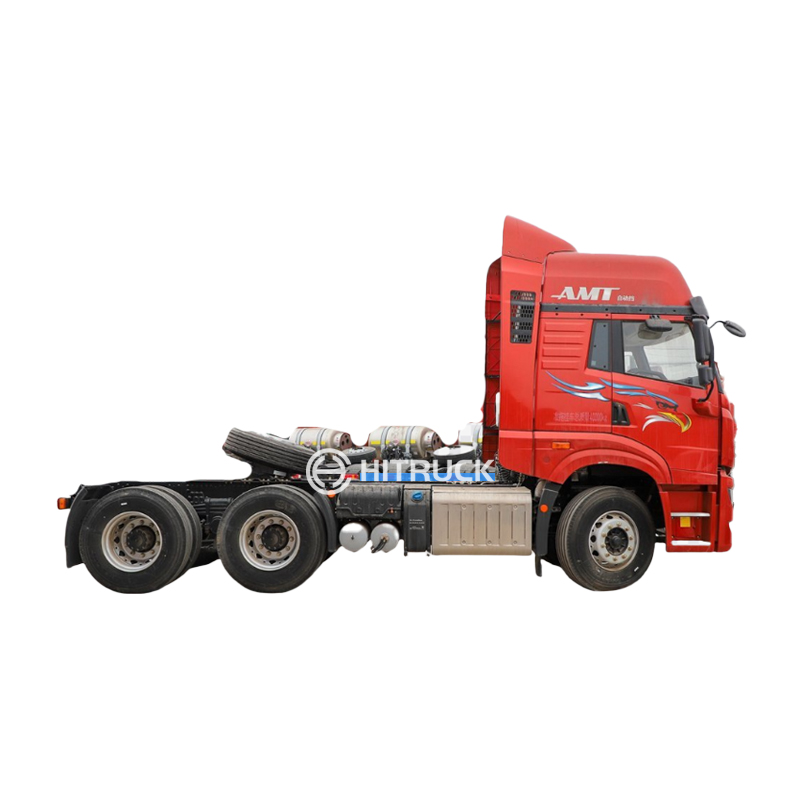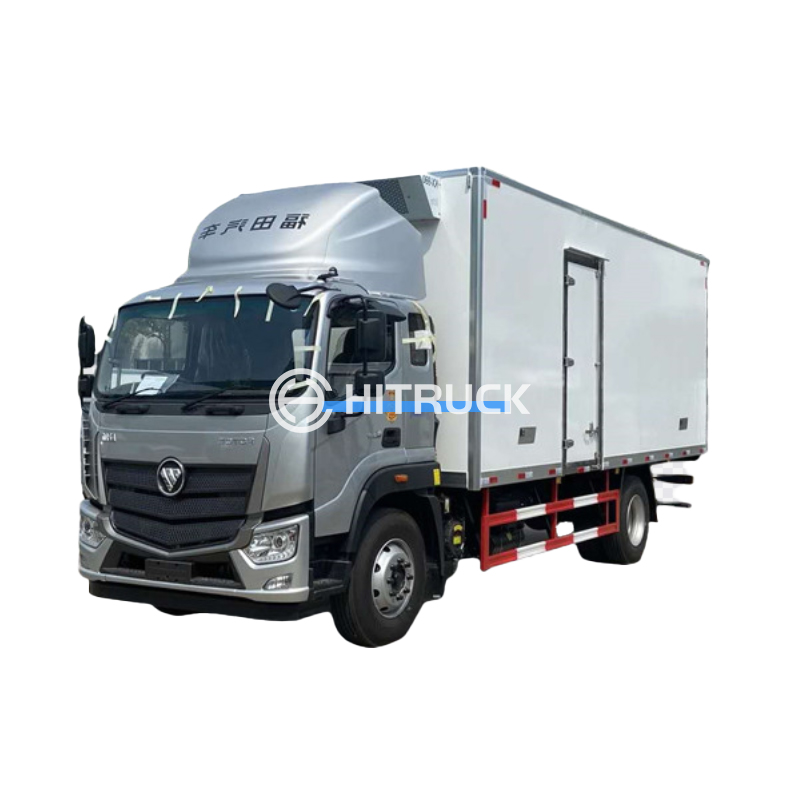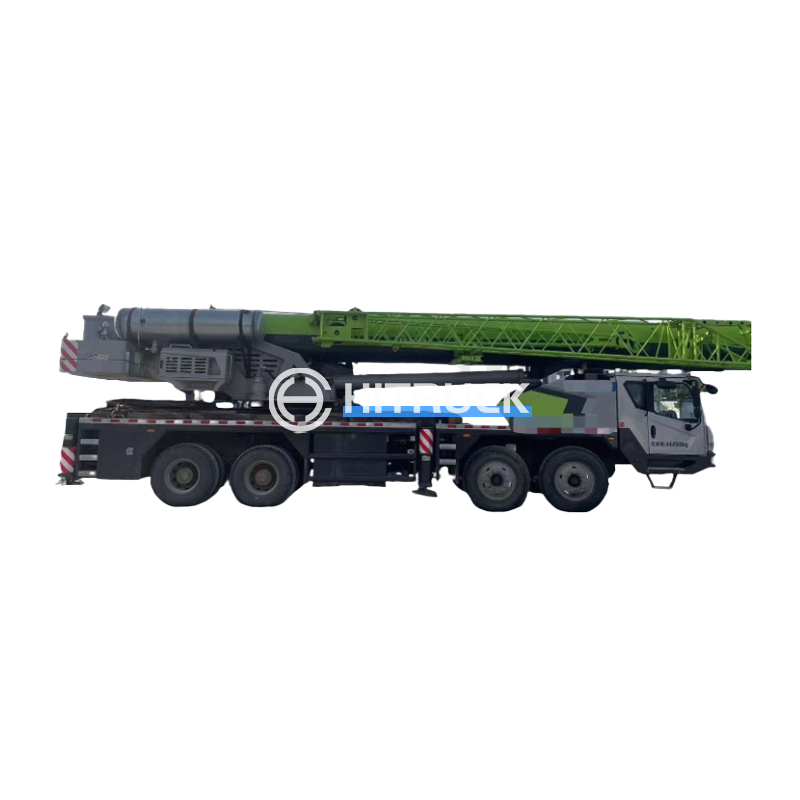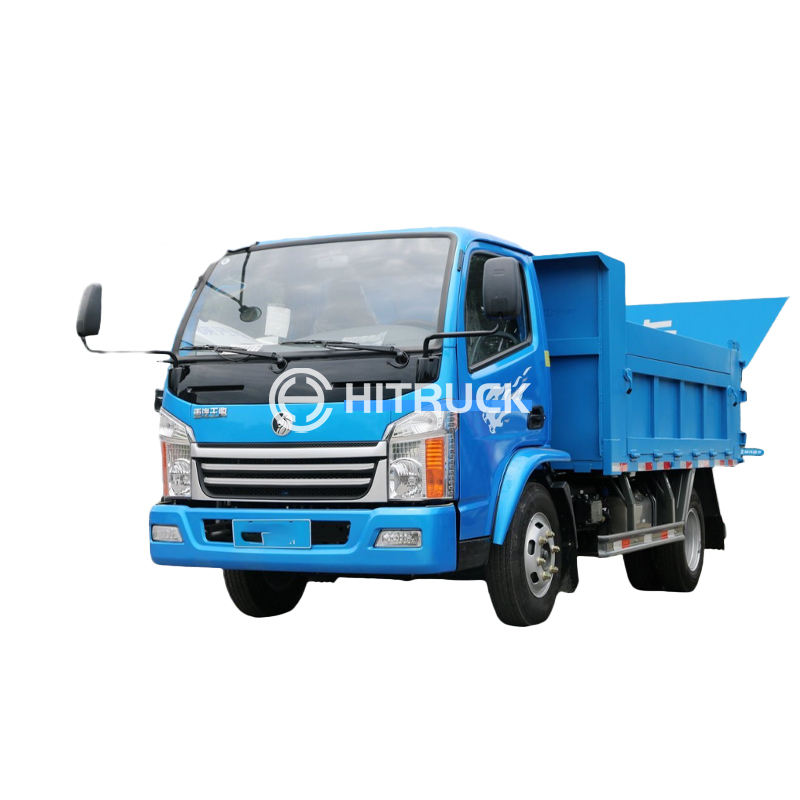This guide provides a comprehensive overview of external climbing tower cranes, covering their key features, applications, selection criteria, and safety considerations. We'll delve into the various types available, explore their advantages and disadvantages, and offer insights to help you make an informed decision for your specific project needs. Learn how to assess the suitability of an external climbing tower crane for your construction site and ensure safe and efficient operation.
Self-climbing cranes utilize a climbing mechanism integrated into their structure. This allows them to ascend the building as construction progresses, eliminating the need for external climbing systems. These cranes offer significant advantages in terms of efficiency and reduced erection/dismantling time. However, they often come with a higher initial investment cost compared to other options. The climbing mechanism needs regular maintenance, and some designs might have limitations on the height they can reach.
Top-climbing cranes are characterized by their ability to climb vertically along the structure. They are typically lighter than self-climbing cranes and can be relatively quick to assemble and disassemble. However, they require a dedicated climbing system to be installed, adding to the overall cost and complexity. Some models are designed specifically to work within restricted spaces.
Standard tower cranes can be adapted to function as external climbing tower cranes by incorporating an external climbing system. This approach offers flexibility as it utilizes existing crane infrastructure. However, it necessitates careful planning and execution to ensure safe and effective operation. Selecting the right climbing system for your existing crane is crucial. Careful attention to weight capacity and compatibility with your specific tower crane model is vital.
Choosing the right external climbing tower crane involves considering several key factors. The optimal choice depends heavily on the project's specifics.
The required lifting capacity and reach directly correlate with the project's needs. Overestimating leads to unnecessary expenses, while underestimating can severely compromise productivity and safety. Carefully calculate your project's material handling requirements to determine the appropriate specifications.
The crane must reach the required height, and the climbing speed directly impacts project timelines. Faster climbing speeds generally improve efficiency but might increase costs. This must be balanced against the project's time constraints and budget.
Site access, space constraints, and ground conditions all influence crane selection. Consider whether the crane can be easily erected, operated, and maintained within the confines of the construction site. Ground stability and potential obstacles need careful assessment.
Safety should always be the top priority. Adhere to all relevant safety regulations and ensure the chosen crane is equipped with the necessary safety features, such as emergency stops, load limiters, and anti-collision systems. Regular inspections and maintenance are non-negotiable.
| Feature | Self-Climbing Crane | Top-Climbing Crane | External Climbing System |
|---|---|---|---|
| Initial Cost | High | Medium | Low (if existing crane) |
| Climbing Speed | Medium to High | Medium | Medium to Low |
| Maintenance | High | Medium | Medium (depending on system) |
| Flexibility | Low | Medium | High (adaptable to existing cranes) |
Selecting a reliable supplier is crucial for ensuring the quality and safety of your external climbing tower crane. Thoroughly research potential suppliers, considering their experience, reputation, and after-sales service. Check for certifications and compliance with relevant safety standards. For heavy equipment needs, consider exploring options like Suizhou Haicang Automobile sales Co., LTD, which may offer a range of options to suit your project requirements.
Remember, the selection of an external climbing tower crane is a critical decision with significant implications for your project's success. Careful planning, thorough research, and attention to detail are vital for choosing the right equipment for your specific needs and ensuring a safe and efficient construction process.


